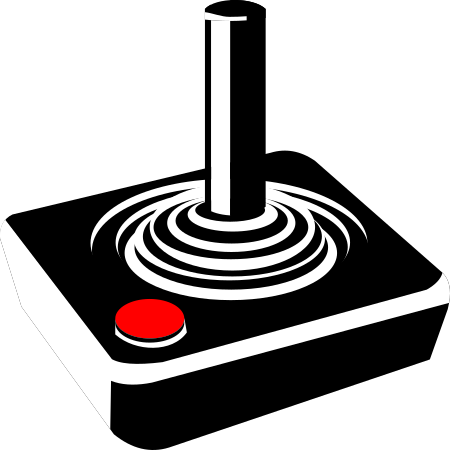

China’s carbon dioxide emissions are more than a third of the world’s total emissions. Their CO2 emissions are increasing and accelerating.
No matter how much they subsidize solar, unless they implement a carbon emission tax, the emissions will keep increasing.









Try to get as much as possible off Windows. You can transfer the remaining Windows-only programs to a virtual machine in snapshot mode, or if necessary, a real machine with a backed up image, that you can reimage regularly.
Not everyone can get off Windows. But get as much as you can. Isolate what’s left.